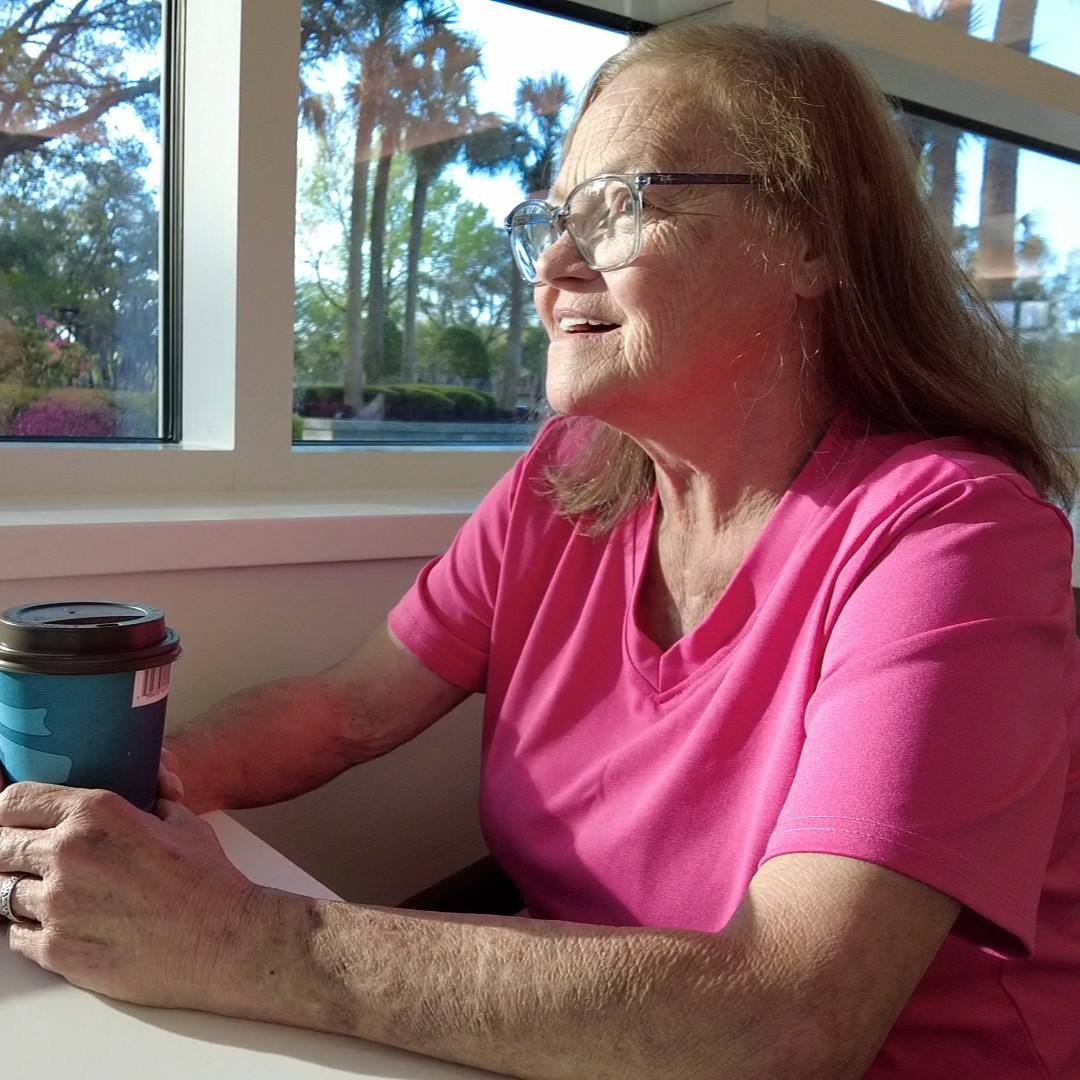Fishing has been a big part of 83-year-old Bob Hamme's life since he was a child.
"I just enjoy being out on the water or near water and fishing, just being with nature," he says.
After being diagnosed with congestive heart failure due a leaky mitral valve, Bob was not only unable to enjoy fishing, he had a hard time with everyday activities. His heart condition was causing a buildup of fluid in his lungs, as well as his legs and feet.
"I became increasingly out of breath," Bob says. "I didn't have the energy I had all along."
His health would get worse before it got better. And his search for an answer would eventually bring him to Mayo Clinic for a surprising solution.
Declining quality of life
 As Bob's health rapidly declined, his daughter, Lori Beale, was living in South Carolina and frequently traveling back and forth to Daytona Beach, Florida, where her dad lived, to help care for him.
As Bob's health rapidly declined, his daughter, Lori Beale, was living in South Carolina and frequently traveling back and forth to Daytona Beach, Florida, where her dad lived, to help care for him.
"Because we were living at a great distance, he had a caregiver that I had to stay in constant contact with. She helped him get to doctors appointments, get his grocery shopping done, whatever assistance he needed," Lori says. "But the slightest thing — walking out to his garage or going to get the mail — it became just overwhelming to him."
Bob's local cardiologist suggested a consult with Mayo Clinic cardiologist Peter Pollak, M.D., to discuss the possibility of placing a mitral valve clip. During Bob's visit, Dr. Pollak did a transesophageal echocardiogram to get a better look at his mitral valve.
"Part of his mitral valve had come loose from its tethering and was allowing a lot of backward flow of blood into his left atrium and making him quite weak," Dr. Pollak says. Bob's condition limited his options. "We felt he wouldn't survive an open-heart operation," Dr. Pollak says.
A less-taxing treatment
Implanting a mitral valve clip is a minimally invasive option for people with leaky mitral valves who are either too old or too weak for open-heart surgery. During the procedure, the two leaves of the mitral valve are clipped together to reduce or eliminate the amount of blood leaking backward through the valve. The clip is implanted using a catheter tube inserted through the leg.
"This is done in real time on a beating heart, so we can monitor the effect of the clip's placement," Dr. Pollak says. "We leave a catheter in the left atrium, and we can see the direct effect of the pressure when the left ventricle contracts and how much of that is going backward through the leak."
"This is done in real time on a beating heart, so we can monitor the effect of the clip’s placement." — Dr. Peter Pollak
Bob underwent the procedure in August 2015. The results were apparent right away.
"I could tell almost immediately upon waking from the anesthesia that my breathing was better, even though I wasn't exerting myself," Bob says. "I was up on my feet in a relatively short time and walking the halls. I felt just great."
"He has the stamina to do the things that he did before," daughter Lori says. "He can walk without getting winded or short of breath. His activity level is definitely back."
Meaningful improvement
Although Bob's procedure and recovery kept him at Mayo Clinic for just 24 hours, the care he received has left a lasting impression.
"The facility is number one. The staff, the care, the understanding was remarkable, absolutely remarkable," Bob says. "Nobody wants to go through a hospital procedure. But if you have to, Mayo Clinic is the place to go."
"Nobody wants to go through a hospital procedure. But if you have to, Mayo Clinic is the place to go." — Bob Hamme
"They basically treated dad like a rock star there," Lori says. "This procedure has given him a new outlook on life. He's now able to get out and do the things that were at one time difficult, such as walking to get his mail or going out to eat at a restaurant."
In 2016, Bob relocated to South Carolina to be near his daughter. "There is no substitute for family," he says.
And he's happy to report that he’s back to fishing every day.
Watch Bob’s story:
HELPFUL LINKS
- Learn more about the mitral valve clip at Mayo Clinic.
- Read about the Division of Cardiovascular Diseases at Mayo Clinic.
- Explore Mayo Clinic's Florida campus.
- Request an appointment.








